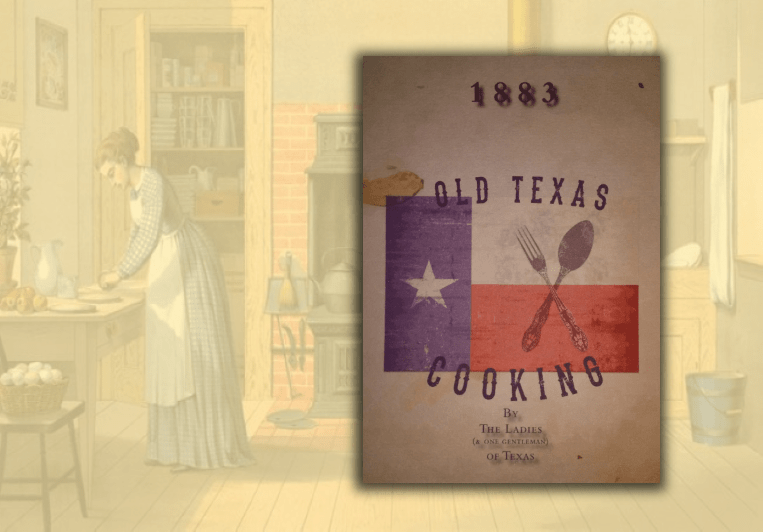
Constitution and Laws of the Republic of Texas
Regular price44.95
/
The Texas Declaration of Independence & the Constitution of the Republic of Texas
The volume begins with two foundational documents: The Texas Declaration of Independence and the Constitution of the Republic of Texas.
Both are interesting for those of us who love the U.S. Declaration and the U.S. Constitution, as the Texas documents are built upon those forebears.
The language is a little different here, though. It will sound clearer and more modern to your ears.
For example, Article Fourteen of the Declaration of Rights reads, "Every citizen shall have the right to bear arms in defense of himself and the republic."
How's THAT for clarity?
The Nuts and Bolts of the Republic
With independence secured in the aftermath of the Battle of San Jacinto, the task building the nation began.
From October through December of 1836, forty-four men, the elected representatives of the People of Texas, convened in a drafty clapboard house in the town of Columbia (now West Columbia) in Brazoria County.
Their job was to craft a body of law to bind together the fiercely independent citizens of this land, provide for its defense, and create prosperity.
Those laws passed by first session of the first Congress of the Republic of Texas fill the next, and largest, portion of the book.
Those laws passed by first session of the first Congress of the Republic of Texas fill the next, and largest, portion of the book.
If you like to know how things were designed to work, this will be interesting reading for you.
These were laws that:
- Allowed the sale of land scrip by the President
- Defined the duties of the head of state
- Adopted the Republic's official seal
- Organized the militia
- Organized & governed the army, courts martial, etc.
- Organized the Supreme Court
- Organized & regulated the navy
- Regulated roads and ferries
- Established fees assessed by the government
- Formed the President's cabinet
Noble. Straightforward. Just what was needed and just what you would expect.
"Sorry, Preacher...but you still gotta work on the roads."
They also passed some things that might furrow your brow in bewilderment. Some examples:
- No minister or priest could hold office in the national government
- An act granting Deaf Smith, Sam Houston's trusted scout & spy, any house in San Antonio that was to his liking, so long as the government could find some legal reason to confiscate it.
- Officers & men of the Texas Navy could divide booty amongst themselves after capturing an enemy vessel.
- They set the northern border of the Republic at the 42nd parallel, just south of present-day Wheatland, Wyoming.
- "All free males, Indians excepted, between the age of 17 and 45 years" could be conscripted to work on the public roads.
+ The First State Constitution (1845)
Finally, to make this volume an even more valuable reference, we have added the State Constitution of 1845, which took effect after the citizens of the Republic voted in favor of annexation to the United States.
These were the rules by which Texas was governed until secession. Scholars consider it one of the best crafted of all the state constitutions.
Physical Details
-
The Constitution and Laws of the Republic of Texas
- 207 pages
- Hardcover in satin-finish jacket



